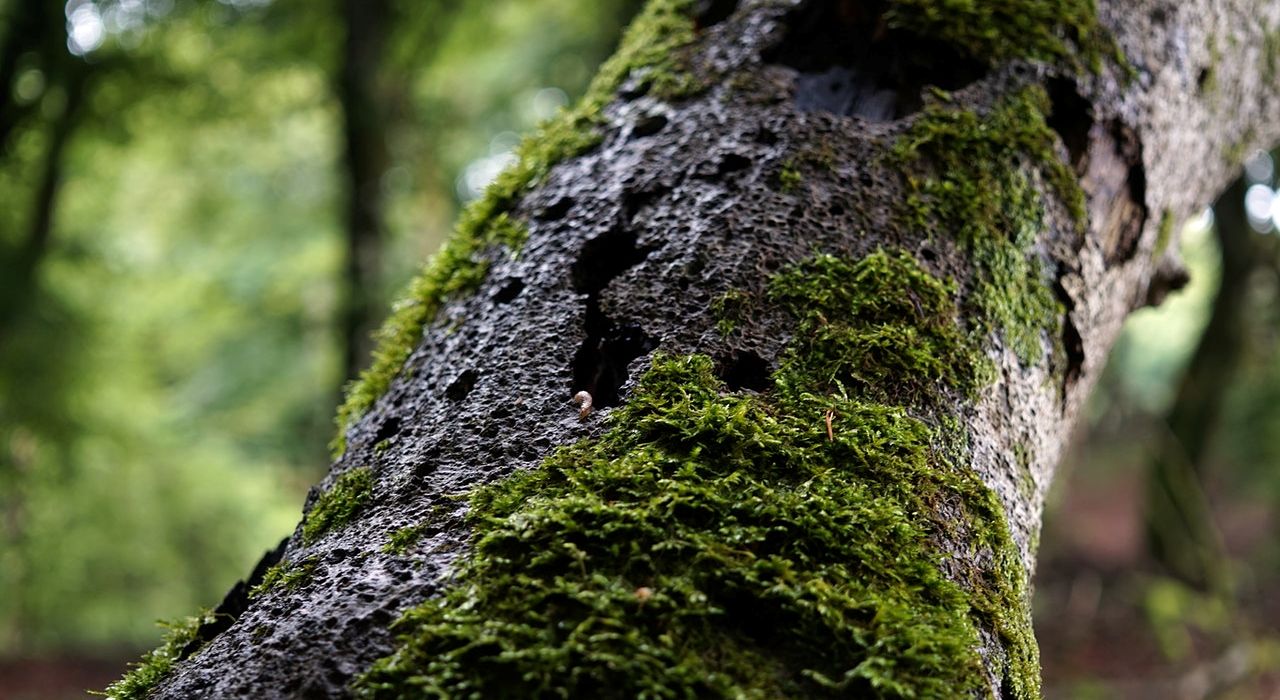
Patent claims often recite structural limitations in combination with one or more properties. For example, a product claim might recite a composition comprising three components, where one of the components is specified as having certain physical properties. In such cases, U.S. patent examiners often reject the claims as either anticipated or obvious based on prior art describing the structural limitations but not describing the properties.
The theory behind this is that the claimed properties would be inherent in the structure of the prior art, even though the properties are not explicitly described in the prior art. That is, if the prior art has the same structural limitations as recited in the claim, then the prior art would be expected to possess the claimed properties.
Under U.S. law, however, the mere possibility that the prior art possesses the claimed properties is insufficient to establish inherent anticipation or obviousness. Instead, to establish inherency, the examiner must provide a rationale that the claimed properties are necessarily present in the prior art.
This issue is illustrated in the recent Patent Trial and Appeal Board (“Board”) case of Ex parte Medoff. Appeal No. 2020-000522 (PTAB Aug. 6, 2020). The claims at issue recited:
A mixture comprising:
an aqueous solution comprising a low molecular weight sugar,
a fermenting natural yeast, and
a lignocellulosic material that has been irradiated with at least 10 Mrad of electron beam radiation, the lignocellulosic material having a BET surface area greater than 0.1 m2/g and a porosity greater than 50%.
The examiner rejected the claims as obvious over a combination of two references. The primary reference described a mixture comprising an aqueous solution comprising a low molecular weight sugar, a fermenting microorganism, and a lignocellulosic material that has been irradiated with at least 10 Mrad of electron beam radiation. Since the primary reference did not specifically describe a fermenting natural yeast, the examiner relied on a secondary reference for this limitation, and took the position that such a yeast would have been obvious to use as the fermenting microorganism in the primary reference.
The references did not specifically describe lignocellulosic material having a BET surface area greater than 0.1 m2/g and a porosity greater than 50%, as recited in the claims. However, the examiner took the position that because the primary reference described a lignocellulosic material irradiated with the claimed amount of electron beam radiation, “the claimed properties [of] a BET surface area greater than 0.1 m2/g, [and] a porosity greater than 50%…must necessarily be present and are inherent properties of the irradiated lignocellulosic material.”
The Board disagreed. It found that there was not a sufficient relationship between the amount of irradiation and the properties of surface area and porosity to conclude that these properties were inherent in the prior art. Indeed, evidence in the applicant’s specification showed that in some cases the BET surface area increased with increasing doses of irradiation, but in other cases the BET surface area decreased with increasing doses of irradiation. Based on this, the Board concluded that the examiner had not established that the claimed surface area and porosity were inherent properties in the prior art. Accordingly, the Board reversed the obviousness rejection.
Takeaway: Inherency requires necessity, not merely possibility. That is, just because it might be possible for the prior art to satisfy a claimed property, that does not mean that the prior art necessarily satisfies the property. If the prior art does not necessarily satisfy the claimed property, then inherency has not been established. Often (but not always; see here) a technical argument, supported by experimental data, can be persuasive when arguing against inherency.
Judges: Grimes, Townsend, Hardman
by Matthew Barnet
Matthew E. Barnet, Ph.D., is a patent attorney and partner at Element IP. His practice focuses on patent procurement and client counseling, including expertise in validity and infringement opinions.
